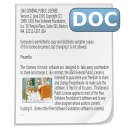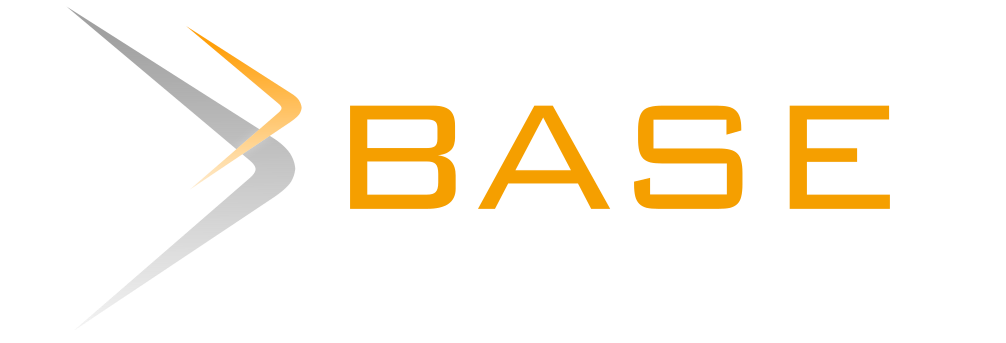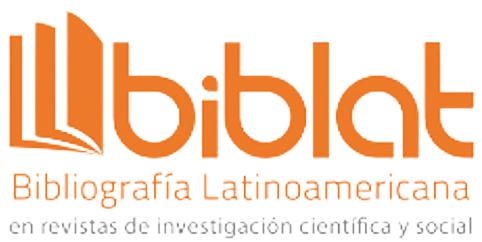Design, Construction and Testing of a Low Cost Ground Sta-tion for CubeSat with IoT-LoRa Technology
Abstract
This research article presents the design and construction of a low-cost ground station, consisting of a Yagi antenna, Low Noise Amplifier (LNA), and a LoRa receiver node, enabling the reception of CubeSat signals utilizing LoRa technology. The design incorporates general antenna and electronic amplifier design concepts and was validated through laboratory tests assessing elec-trical characteristics, signal radiation, and frequency response. This setup successfully received telemetry data from LoRa-based CubeSat satellites.
Downloads
References
N. Saeed, A. Elzanaty, H. Almorad, H. Dahrouj, T. Y. Al-Naffouri, and M.-S. Alouini, “Cubesat communications: Re-cent advances and future challenges,” IEEE Commun. Surv. & Tutorials, vol. 22, no. 3, pp. 1839–1862, 2020. DOI: https://doi.org/10.1109/COMST.2020.2990499
D. Kjendal, “LoRa-Alliance regional parameters overview,” J. ICT Stand., pp. 35–46, 2021. DOI: https://doi.org/10.13052/jicts2245-800X.914
P. Lepcha et al., “Assessing the Capacity and Coverage of Satellite IoT for Developing Countries Using a CubeSat,” Appl. Sci., vol. 12, no. 17, p. 8623, 2022. DOI: https://doi.org/10.3390/app12178623
E. Bashir and M. Luštrek, “Low power LoRa transmission in low earth orbiting satellites,” Intell. Environ., p. 233, 2021.
G. Flores, E. López, L. Tituaña, and P. Lupera, “Low Cost Multiband Receiver for the Reception of Images from Me-teorological Satellites and SSTV,” Rev. Politécnica, vol. 40, no. 2, pp. 25–30, 2018.
M. Aref and A. Sikora, “Free space range measurements with Semtech LoRaTM technology,” in 2014 2nd interna-tional symposium on wireless systems within the conferences on intelligent data acquisition and advanced computing sys-tems, 2014, pp. 19–23. DOI: https://doi.org/10.1109/IDAACS-SWS.2014.6954616
J. B. Hagen, Radio-frequency electronics: circuits and applications. Cambridge University Press, 2009. DOI: https://doi.org/10.1017/CBO9780511626951
J. A. M. Lara, J. A. R. Agredo, and M. P. M. Atencia, “Sistema de monitoreo de señales en tierra usando la Estación Terrena Satelital UPTC,” INGE CUC, vol. 15, no. 1, pp. 36–44, 2019. DOI: https://doi.org/10.17981/ingecuc.15.1.2019.04
A. Maier, A. Sharp, and Y. Vagapov, “Comparative analysis and practical implementation of the ESP32 microcon-troller module for the internet of things,” in 2017 Internet Technologies and Applications (ITA), 2017, pp. 143–148. DOI: https://doi.org/10.1109/ITECHA.2017.8101926
H. Daryanavard and others, “A Low Noise Figure Rail-to-Rail Variable-Gain LNA for 900-MHz LoRa Application in 65nm CMOS Technology,” 2022.
C. A. Trasviña-Moreno, R. Blasco, R. Casas, and A. Asensio, “A network performance analysis of LoRa modulation for LP.WAN sensor devices,” in Ubiquitous computing and ambient intelligence, Springer, 2016, pp. 174–181. DOI: https://doi.org/10.1007/978-3-319-48799-1_21
M. A. Moya Quimbita, “Evaluación de pasarela LoRa/LoRaWAN en entornos urbanos,” 2018.
M. A. Gaybor Murillo, M. D. Maridueña Chunga, and others, “Diseño de un sistema de adquisición de datos de una red de sensores inalámbricos que miden variables oceanográficas en el perfil costanero de Santa Elena, usando tecnología LoRa,” Espol, 2018.
P. P. Viezbicke, Yagi antenna design, vol. 688. US Government Printing Office, 1976. DOI: https://doi.org/10.6028/NBS.TN.688
W. Tomasi, Sistemas de comunicaciones electrónicas. Pearson education, 2003.
- Conceptualization
- Data curation
- Formal Analysis
- Investigation
- Software
- Validation
- Writing - original draft
- Writing - review & editing
- Conceptualization
- Formal Analysis
- Investigation
- Methodology
- Software
- Validation
- Visualization
- Writing - original draft
- Conceptualization
- Data curation
- Investigation
- Methodology
- Software
- Validation
- Visualization
- Writing - original draft
- Conceptualization
- Data curation
- Formal Analysis
- Investigation
- Methodology
- Software
- Validation
- Visualization
- Writing - original draft
- Conceptualization
- Formal Analysis
- Investigation
- Methodology
- Software
- Validation
- Visualization
- Writing - original draft
- Conceptualization
- Data curation
- Formal Analysis
- Investigation
- Methodology
- Software
- Validation
- Visualization
- Writing - original draft
- Writing - review & editing
- Conceptualization
- Data curation
- Formal Analysis
- Investigation
- Methodology
- Software
- Supervision
- Validation
- Visualization
- Writing - original draft
Copyright (c) 2024 Innovation and Software

This work is licensed under a Creative Commons Attribution 4.0 International License.
The authors exclusively grant the right to publish their article to the Innovation and Software Journal, which may formally edit or modify the approved text to comply with their own editorial standards and with universal grammatical standards, prior to publication; Likewise, our journal may translate the approved manuscripts into as many languages as it deems necessary and disseminates them in several countries, always giving public recognition to the author or authors of the research.
























